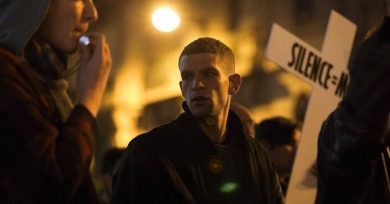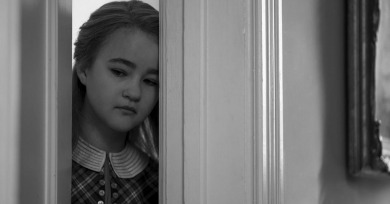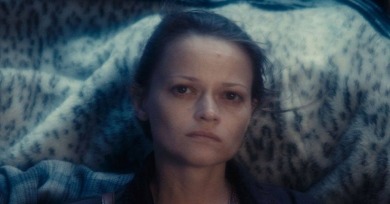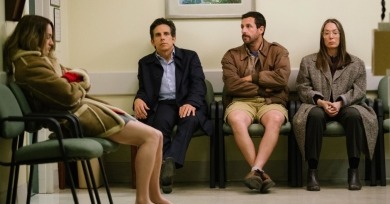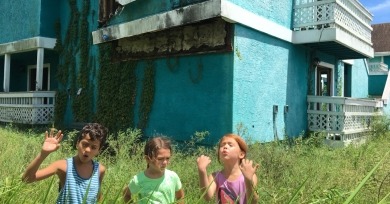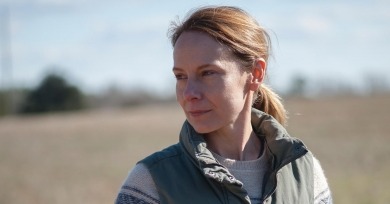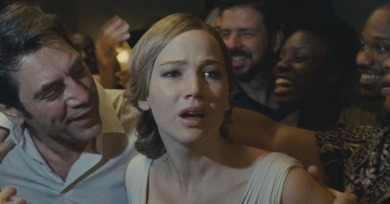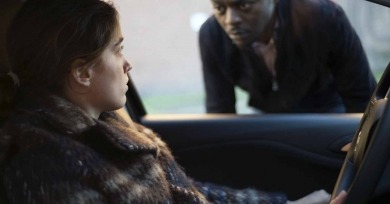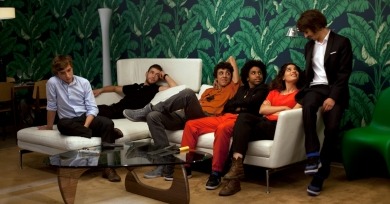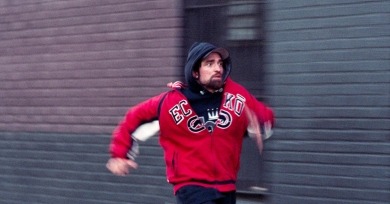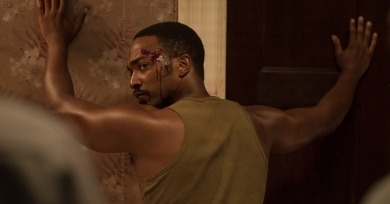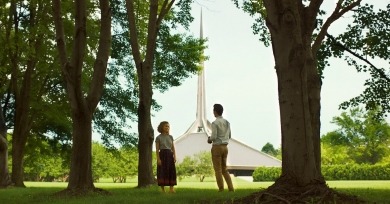Reviews
In a film like The Work, with its multiple layers of privileged access and precariously obtained permissions from an array of potentially volatile participants, you are not just being allowed to see. Your sight is essential. Seeing and being seen is the point.
There is a nervous breakdown at its center, not necessarily by its protagonist but by the norms and institutions that sustain him. A lacerating critique of liberal cosmopolitanism, The Square is at once an art-house provocation of supreme calculation and a guttural sob for an unhappy West.
Robin Campillo himself was a participant in ACT UP-Paris in his younger days, and the easy jockeying between strategy and action in the film would likely have been near impossible without his insider perspective.
Here, queerness is not figured along the lines of sexual orientation or gender identity so much as the otherness that comes with being differently abled and, even more immediately, with a sense of loss.
A Gentle Creature is more of a destabilizing shock to the system than a call to arms, a confrontation with a broken state rather than a blueprint to rebuild it. It confirms Loznitsa as a master craftsman of the impeccably designed and crafted hellscape, politically charged and all-consuming.
Meyerowitz splits the tonal difference between his kinder Greta Gerwig collaborations (Frances Ha, Mistress America) and the more acerbic works surrounding those, dealing with the previously unlikely possibility of forgiveness and healing.
The disconnect between the liberated shooting and editing style and the social entrapment actually experienced by its characters gives The Florida Project its indeterminate feel and ungainly shape.
Set in one location and trotting out a cast of five, Abundant Acreage Available is as lean and concise as its title is long and lumbering. MacLachlan first came to our attention as the screenwriter of Junebug, a lovely portrait of the tensions that bind a family.
Aronofsky piles on incidents (rather than plot), bodies (rather than characters), until what once had the potential to be a pastoral paradise has become a writhing, grasping, cluttered Bosch-like abyss.
Their contrivance is based on philosophical truths about human behavior, combined with faith in their audiences to distill truth from fiction. Their cinema presents an almost constant dialogue between the mundane and the colossal.
Nocturama is up to many things, perhaps including taking the piss, and it is not always easy to disentangle its aims.
Their vision of a polarized and polarizing New York seems to have crystallized in a rather extraordinary way: to the Safdies, the city is at once a purgatory and a wonderland, a crucible that forges both deep grievance and limitless compassion.
Bigelow is a filmmaker of no small power and intuition, although the movie at times seems curiously hesitant, hedging its bets with little bits of insurance against blowback or the possibility of being misunderstood.
The burdens and blessings of our patrimony, both cultural and personal, are an overriding concern in the debut feature by Kogonada. Columbus lingers on the juxtaposition between the architectural masterpieces that bedeck the region and the pedestrian lives of its residents.


